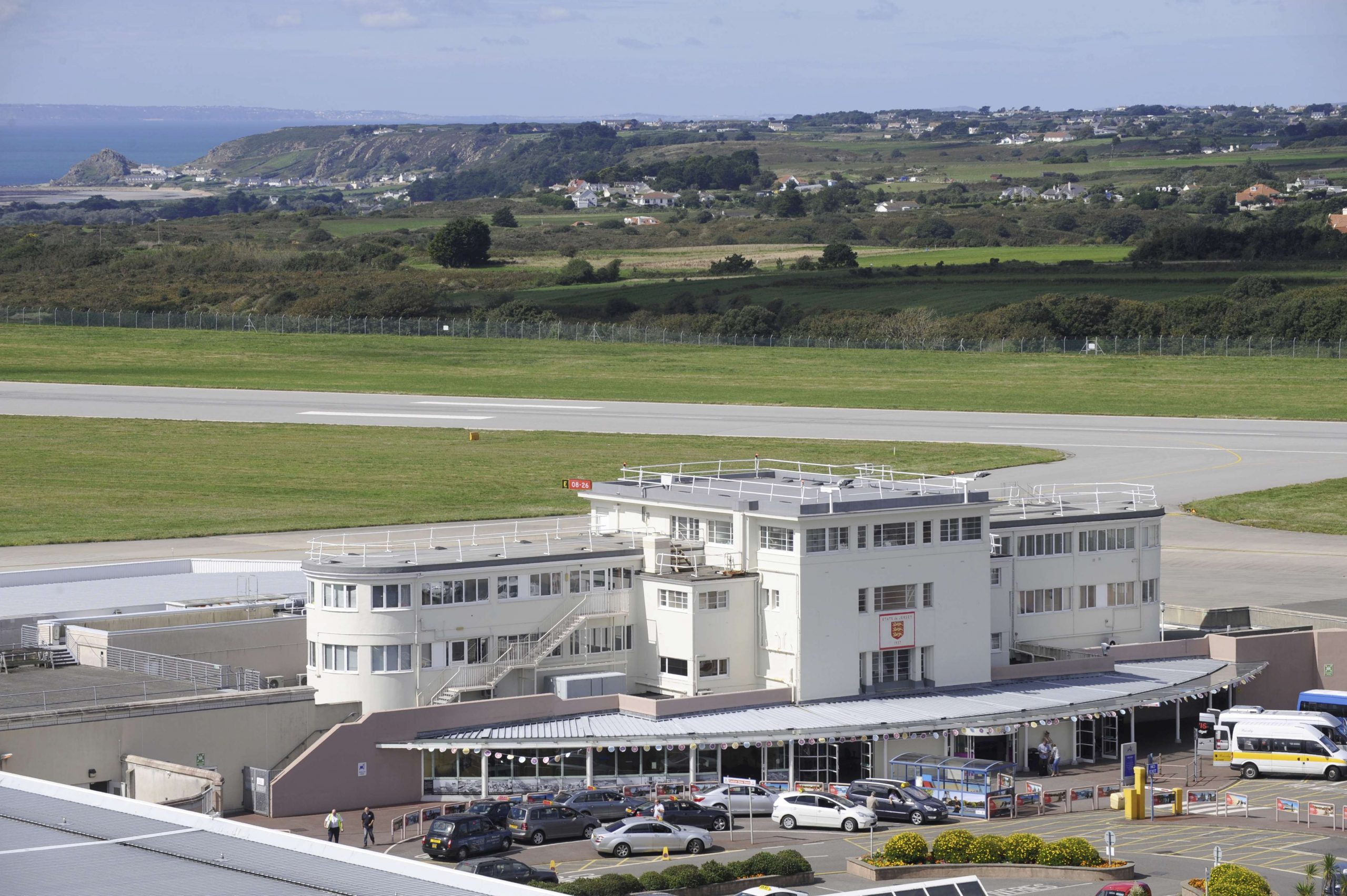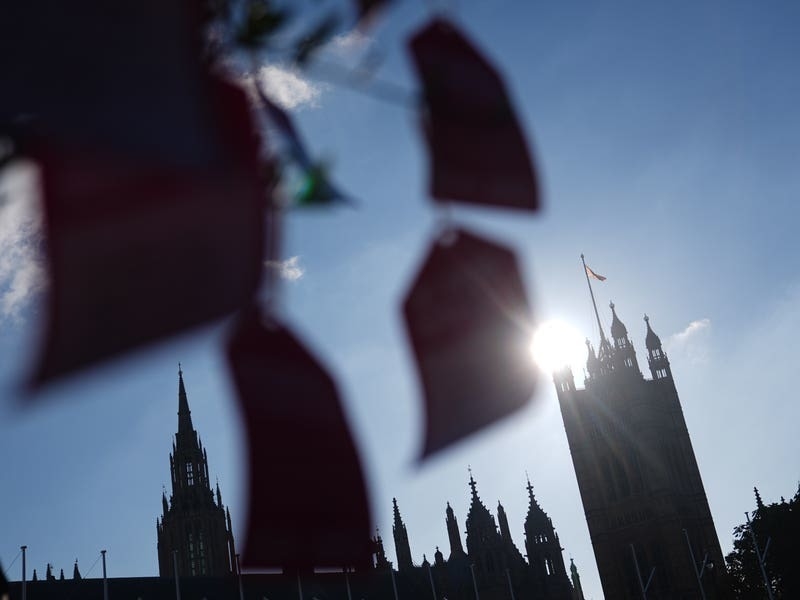The decision reverses a 2010 instruction to remove the building, reaffirmed last year by the previous regulator. It means that a planning inquiry ordered last year by Environment Minister John Young will not now be required.
Campaign group Save Jersey’s Heritage, which commissioned a report casting doubt on claims that the building posed a danger to aircraft, welcomed the news.
Alastair Layzell, founder member of Save Jersey’s Heritage, said: ‘It had become an article of faith over the years that the building posed a safety threat. We were sure that was not the case and are delighted that the regulator now shares that view.’
The group’s president Marcus Binney called the decision ‘a win-win situation’ which preserved an important Modernist building, saved money and enabled sustainability targets to be met. He paid tribute to ‘the splendid efforts of Deputy Russell Labey’ who had successfully persuaded the States to postpone demolition pending a review by Ports of Jersey.
‘In recent years Jersey’s architectural heritage has suffered hard and needless losses. This welcome decision by Ports of Jersey will give heart to all those who believe the architecture bequeathed to the Island by our forebears can contribute to the community for many years to come,’ Mr Binney said.
News of the latest advice from acting director of civil aviation Inez Bartolo was announced by Ports of Jersey chief executive Matt Thomas, who said they were relieved that uncertainty over the previous ruling had now been resolved.
‘Not only will this enable us to preserve an important part of the Island’s heritage but it enables us to focus our efforts and investment on building the air connectivity which will be critical to the recovery of the Island from the Covid-19 pandemic,’ Mr Thomas said.
He added that Ports of Jersey would now be developing options to incorporate the building into its future investment plans for the airport.
Meanwhile, the decision was welcomed by both Deputies Young and Labey, former chairman of the Planning Committee.
Deputy Young said: ‘I am glad this difficult issue has now been resolved by the DCA. The DCA has confirmed that the mitigation measures put in place by Ports of Jersey enable the Airport to operate safely in bad weather.
‘Now that Ports of Jersey no longer require planning permission to demolish the terminal, discussions will take place to ensure that the permission can be extinguished. At that point, the need for a planning inquiry will fall away,’ he said.
Deputy Labey said it was important that the Island’s heritage was valued and that demolition was only considered when there was no other option.
‘I am delighted that, in this case, another option has been identified which maintains safety for airport users but also safeguards one of our much-loved historic buildings,’ he added.
It was in 2010 that the DCA told the airport authority that he required plans to demolish the 1937 building because it posed a threat to aircraft in bad weather, a case which was successfully put to the then Environment Minister Rod Duhamel in 2014 when permission to demolish it was obtained.
However, the report by ASAP Ltd, commissioned by Save Jersey’s Heritage last year, cast doubt on this, pointing out that the new airport control tower had been built in the same restricted zone as the terminal building.
Mr Thomas said that the acting DCA’s new decision had been reached following re-examination of the information provided to her predecessor and her own investigations, based on ‘improvements in the maturity of safety-management systems’.






